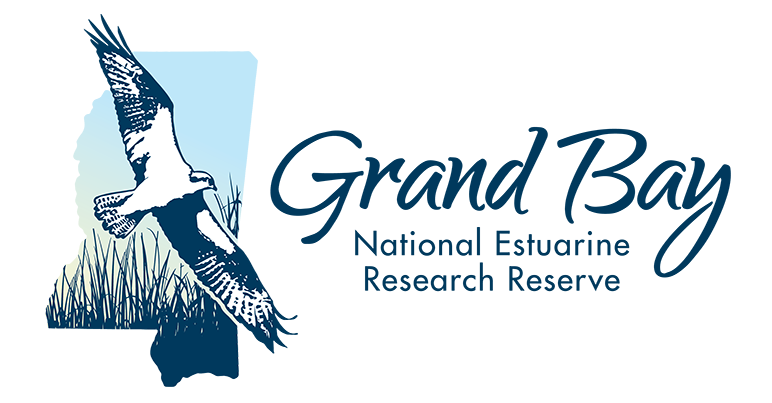September 10, 2021
Live Discussions
Overview
Hello. Welcome to Live Discussions!
Live, virtual discussion sessions will be on Friday, September 10th. These sessions will group presentations by theme (see below) and provide short recaps of each, Q&A time, context about related work at Grand Bay, and time for discussion between researchers and managers. These discussions are opportunities to identify information gaps, brainstorm project ideas, and form new partnerships to tackle important research and management needs moving forward!
Join the Discussion
Join via WebEx
We will be using the same meeting link for each session. To optimize your experience with WebEx, please download WebEx in advance. Trying to open it on the day of the meeting may delay your participation. For ease, here’s the download link: https://www.webex.com/downloads.html/
https://msstate.webex.com/msstate/j.php?MTID=m905cbada1101b32ceac3adcfbfcfbdd1
If required:
Meeting number (access code): 2623 273 5207
Meeting password: cfUWH72HpJ5
SCHEDULE
All times are listed in Central Standard Time.
The Research Symposium team will join 15 minutes before each session to ensure technology is working.
Each session will flow with the following format:
Welcome
Summary Presentations
Q & A for Presenters
Grand Bay NERR Context on Topic
Discussion
Wrap-Up
Vegetation
9:00 a.m. – 10:15 a.m.
Presentations focus on vegetation monitoring in a variety of habitats, plus our new herbarium!
10:15 a.m. – 10:30 a.m.
BREAK / Networking Breakout Sessions
Wet Pine Savanna
10:30 a.m. – 11:45 a.m.
Presentations focus on responses of fauna to different land management techniques, plus invasive species management
11:45 a.m. – 1:00 p.m.
LUNCH BREAK / Networking Breakout Sessions
Marshes and Subtidal Monitoring/Restoration
1:00 p.m. – 2:15 p.m.
Presentations focus on results of marsh and subtidal restoration such as prescribed fire and oyster reef installation
2:15 p.m. – 2:30 p.m.
BREAK / Networking Breakout Sessions
Ecological Processes
2:30 p.m. – 3:45 p.m.
Presentations focus on structure, function, and migration of marshes as well as physical factors like bathymetry and sediment transport
3:45 p.m.
Conclusion
More Resources
Grand Bay NERR Site Profile Full PDF.
List of Grand Bay NERR-related publications and projects Link to Google Drive folder.
Selected Plants of Grand Bay National Estuarine Research Reserve and Grand Bay National Wildlife Refuge. Full PDF.
Selected Birds of the Grand Bay National Estuarine Research Reserve and Vicinity. Full PDF.
Janet Wright’s links:
- www.iNaturalist.org is the web site for iNaturalist. I encourage everyone to sign up and make observations, but you don’t need to sign up to use the rest of these links. In each link, the species are shown from most frequently observed to least frequently observed.
- Amphibians seen at Grand Bay NERR: https://www.inaturalist.org/observations?place_id=any&project_id=grand-bay-nerr&taxon_id=20978&view=species
- Reptiles seen at Grand Bay NERR: https://www.inaturalist.org/observations?place_id=any&project_id=grand-bay-nerr&taxon_id=26036&view=species
- Plants seen at Grand Bay NERR in the month of September: https://www.inaturalist.org/observations?month=9&place_id=any&project_id=grand-bay-nerr&taxon_id=47126&view=species
- Plants seen at Grand Bay NERR (all dates): https://www.inaturalist.org/observations?place_id=any&project_id=grand-bay-nerr&taxon_id=47126&view=species
From everyone on the Grand Bay NERR Research Symposium Planning Team, thank you for attending and contributing your talents to Grand Bay NERR Science!
